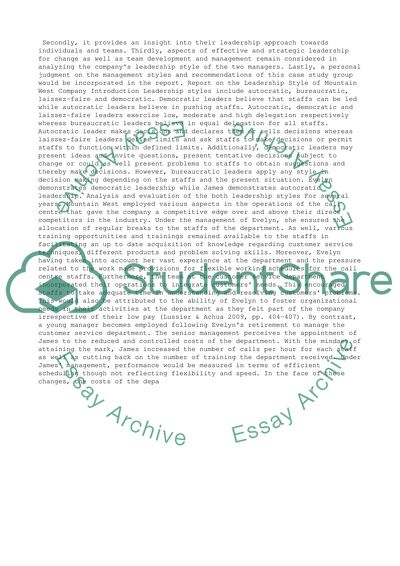Cite this document
(“Leadership in organizations Essay Example | Topics and Well Written Essays - 1750 words”, n.d.)
Leadership in organizations Essay Example | Topics and Well Written Essays - 1750 words. Retrieved from https://studentshare.org/management/1467268-leadership-in-organizations
Leadership in organizations Essay Example | Topics and Well Written Essays - 1750 words. Retrieved from https://studentshare.org/management/1467268-leadership-in-organizations
(Leadership in Organizations Essay Example | Topics and Well Written Essays - 1750 Words)
Leadership in Organizations Essay Example | Topics and Well Written Essays - 1750 Words. https://studentshare.org/management/1467268-leadership-in-organizations.
Leadership in Organizations Essay Example | Topics and Well Written Essays - 1750 Words. https://studentshare.org/management/1467268-leadership-in-organizations.
“Leadership in Organizations Essay Example | Topics and Well Written Essays - 1750 Words”, n.d. https://studentshare.org/management/1467268-leadership-in-organizations.


